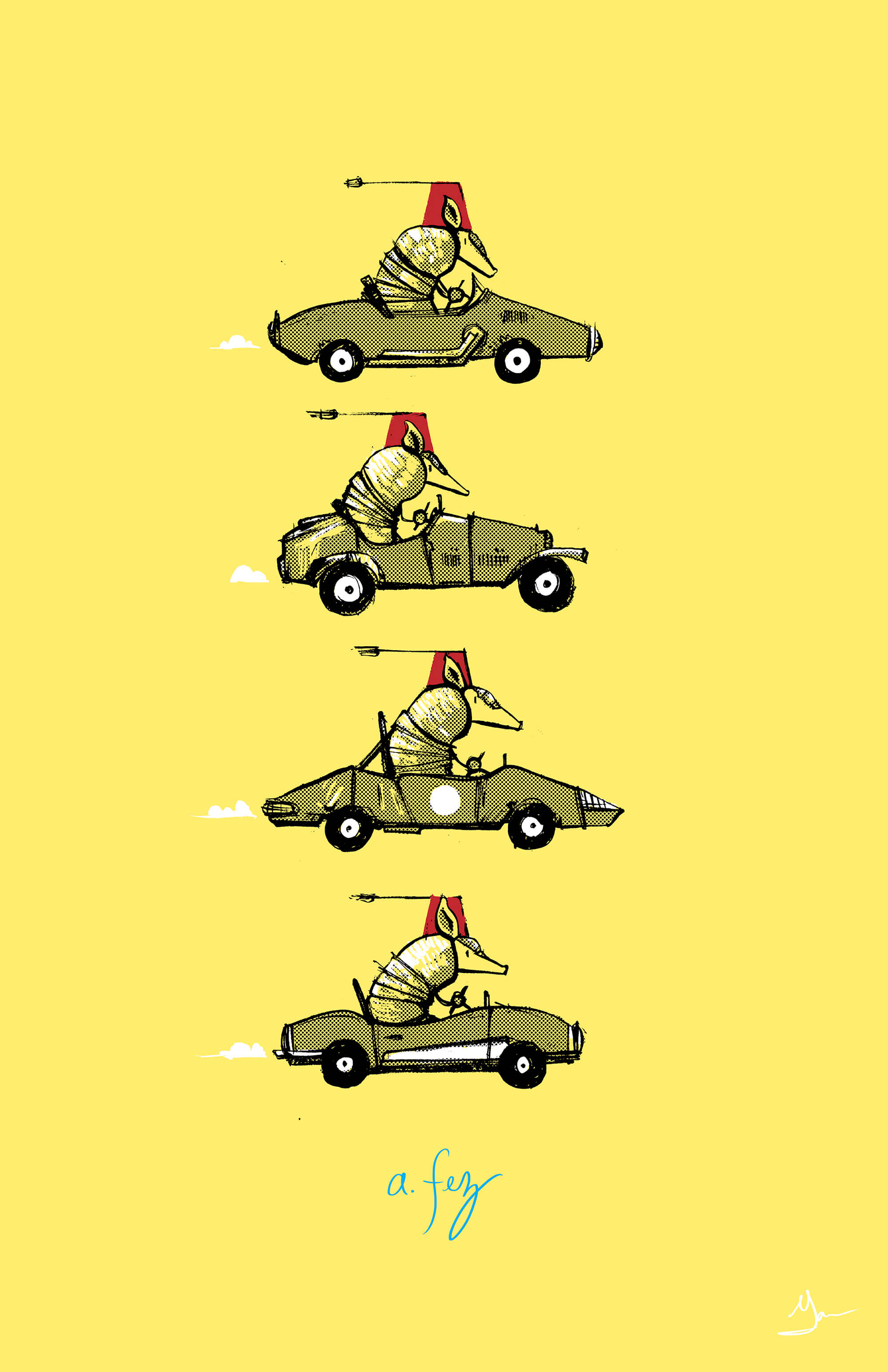
Fez of Armadillos
Only one type of armadillo can curl itself into a little ball — the 3-banded armadillo.1
Good thing the rest of them have those tiny cars so that they can get away from predators.

Nomencreatures by Mal Jones is an alphabet made up of bright animal illustrations and fun facts that focus on the silly parts of science!

Only one type of armadillo can curl itself into a little ball — the 3-banded armadillo.1
Good thing the rest of them have those tiny cars so that they can get away from predators.
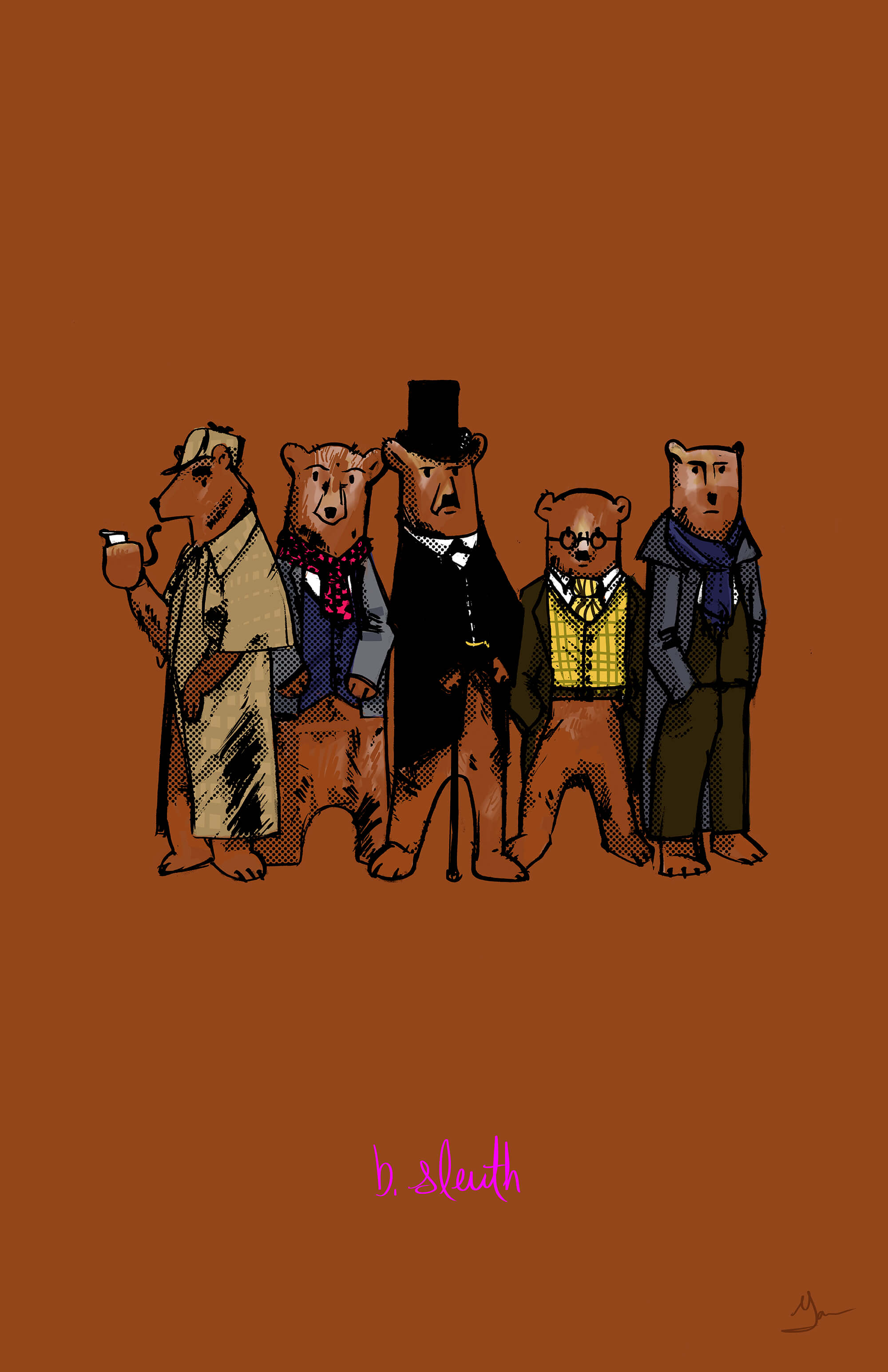
A bear’s sense of smell is greater than any other mammal.2
They may smell food and criminals from over two miles away.

Crows will eat almost anything.3
Their diet may include bugs, fruits, grains, small animals, enemies, fast food, and garbage.
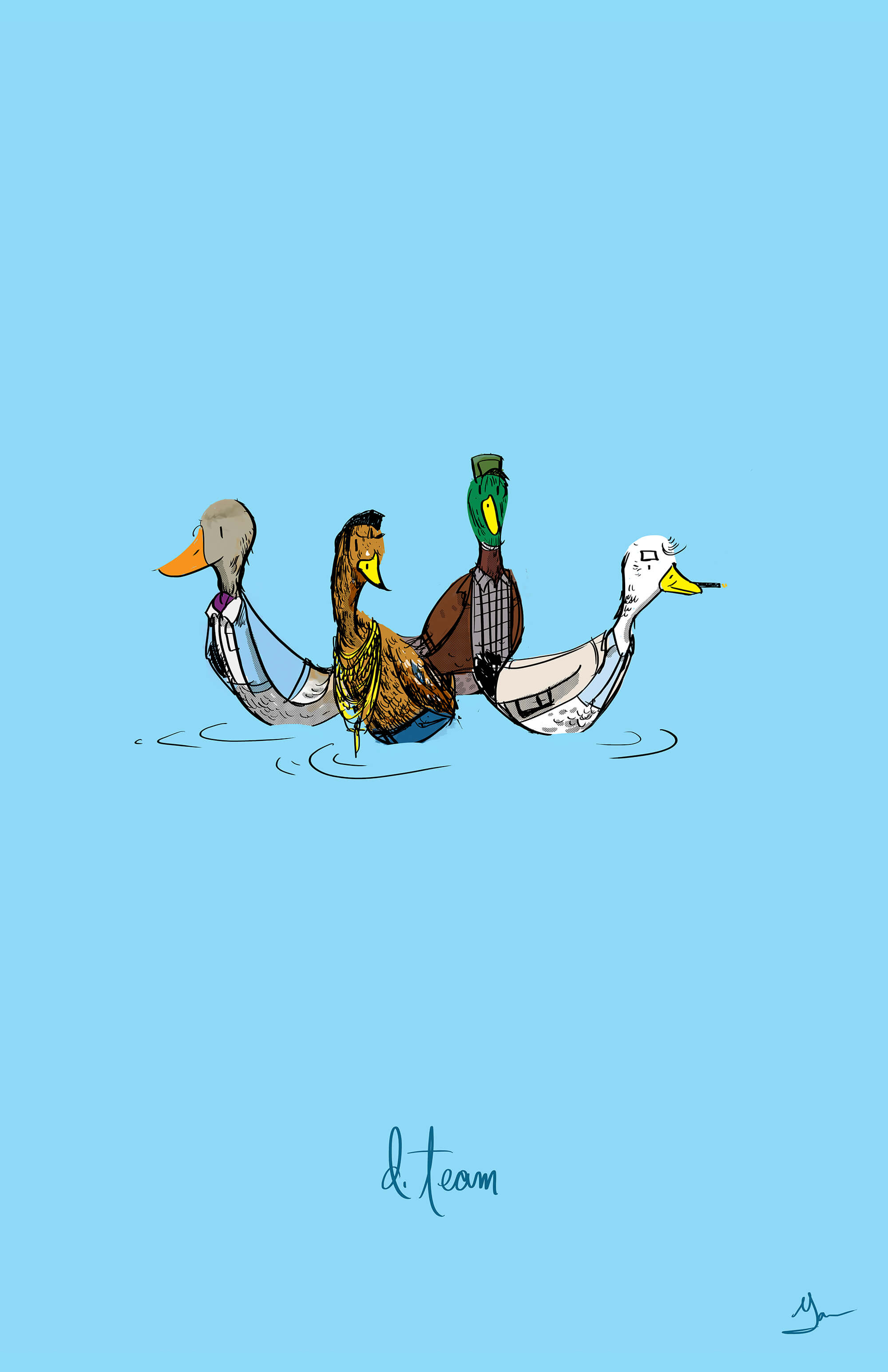
Ducks can see nearly 340 degrees.4
That means they are excellent for reconnaissance and spy work.

Elephants walk in a line for protection and so that the group knows where to go.5
They are booked up for appearances until Thanksgiving of 2027.
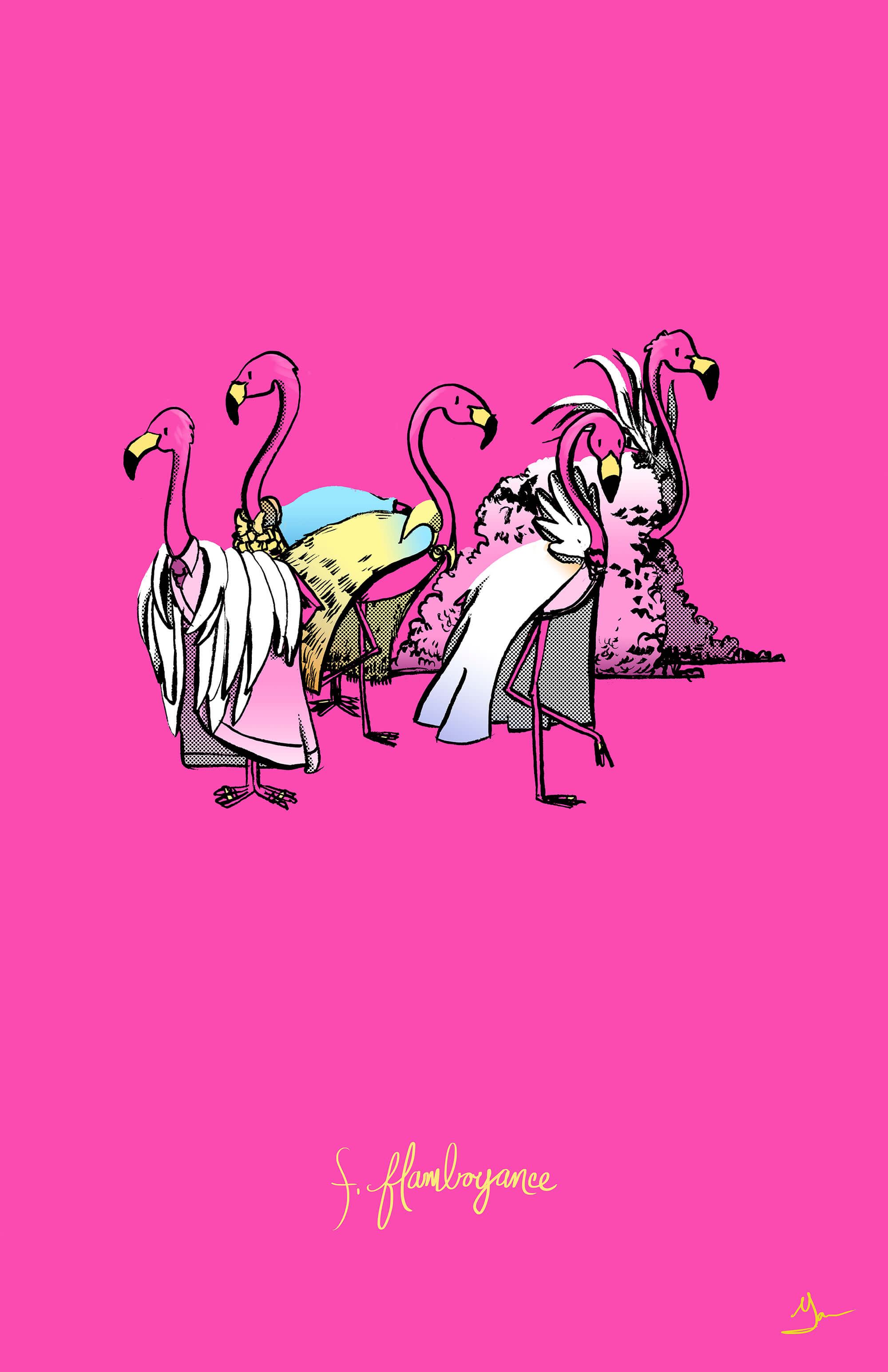
Flamingos are pink because of the food that they eat. The more plankton and brine shrimp they eat, the pinker they are.6
The sequined capes are by choice. It helps stop the show.
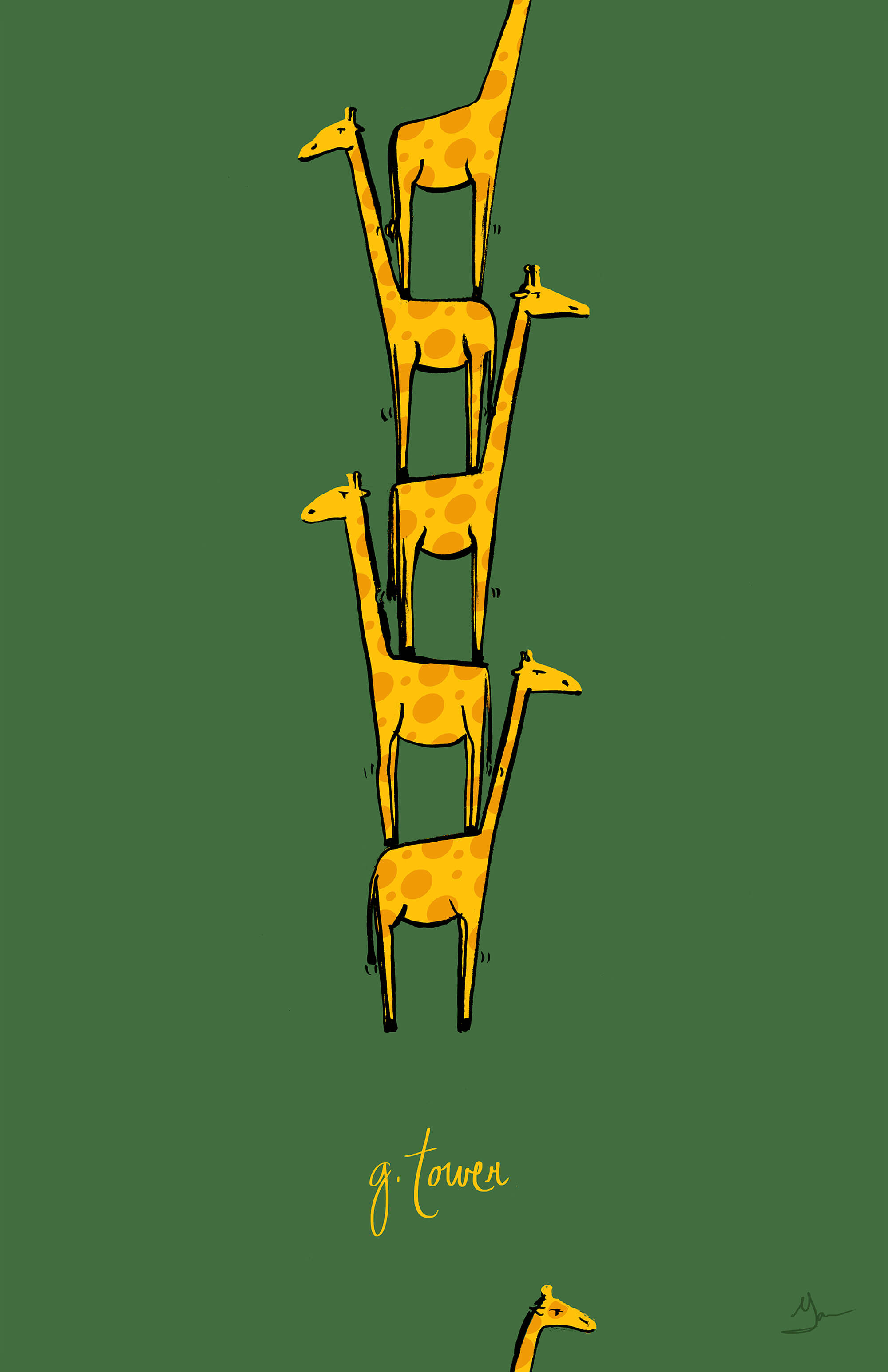
Giraffes can have necks, and legs, up to six feet long.7
They can clean second story windows without having to form a tower, but they just like stacking themselves up.

A hedgehog’s name comes from the fact that it lives in hedges and grunts like a pig.8
Good thing they’re adorable and amazing at math.
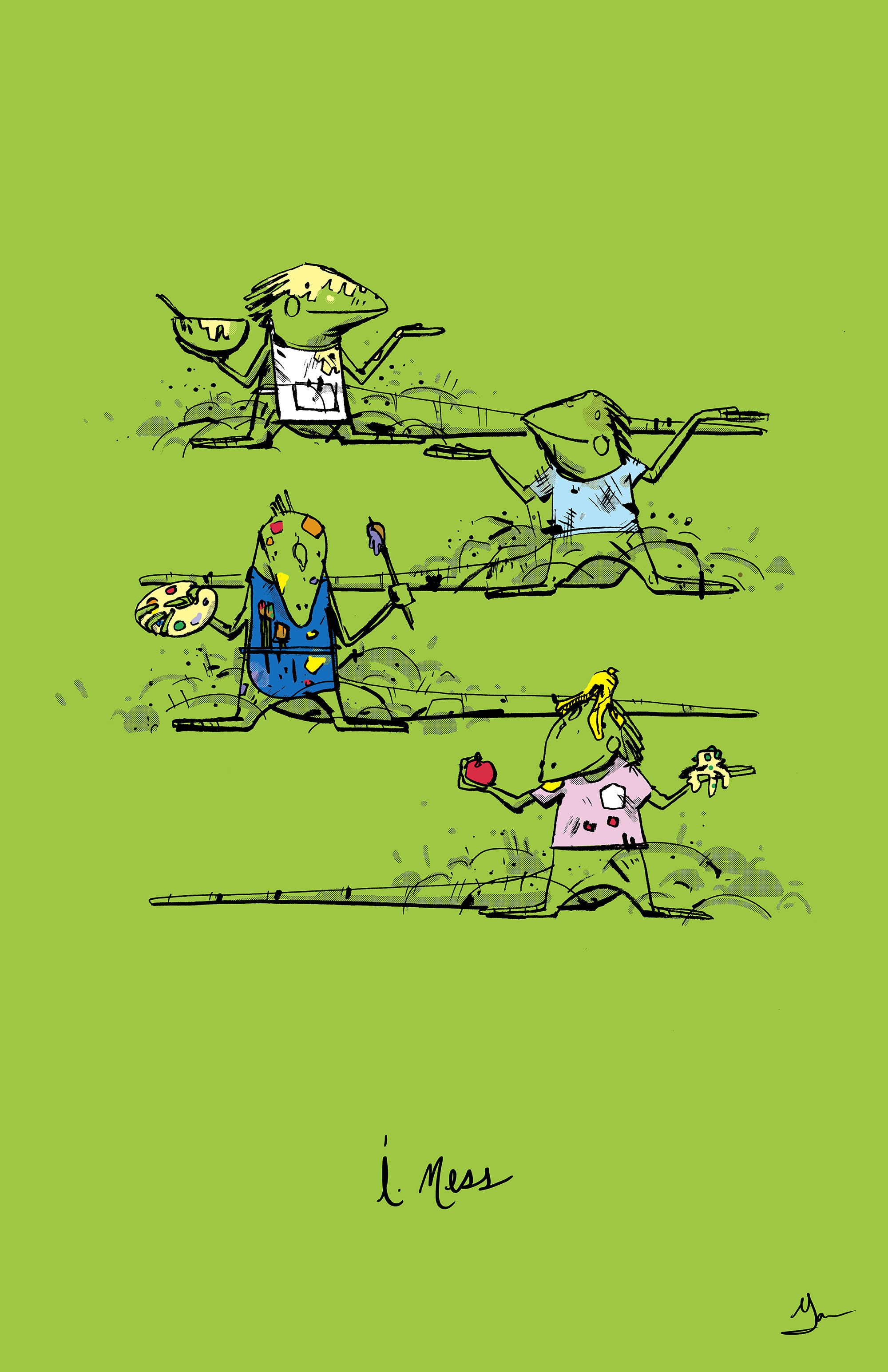
Iguanas have three eyes — the third one is called a parietal eye and it senses light, darkness, and predators. 9
They’re not supposed to get pudding in it.

Jellyfish are 95% water, have been around for 600 million years, and some glow in the dark.10
They are blooming amazing.
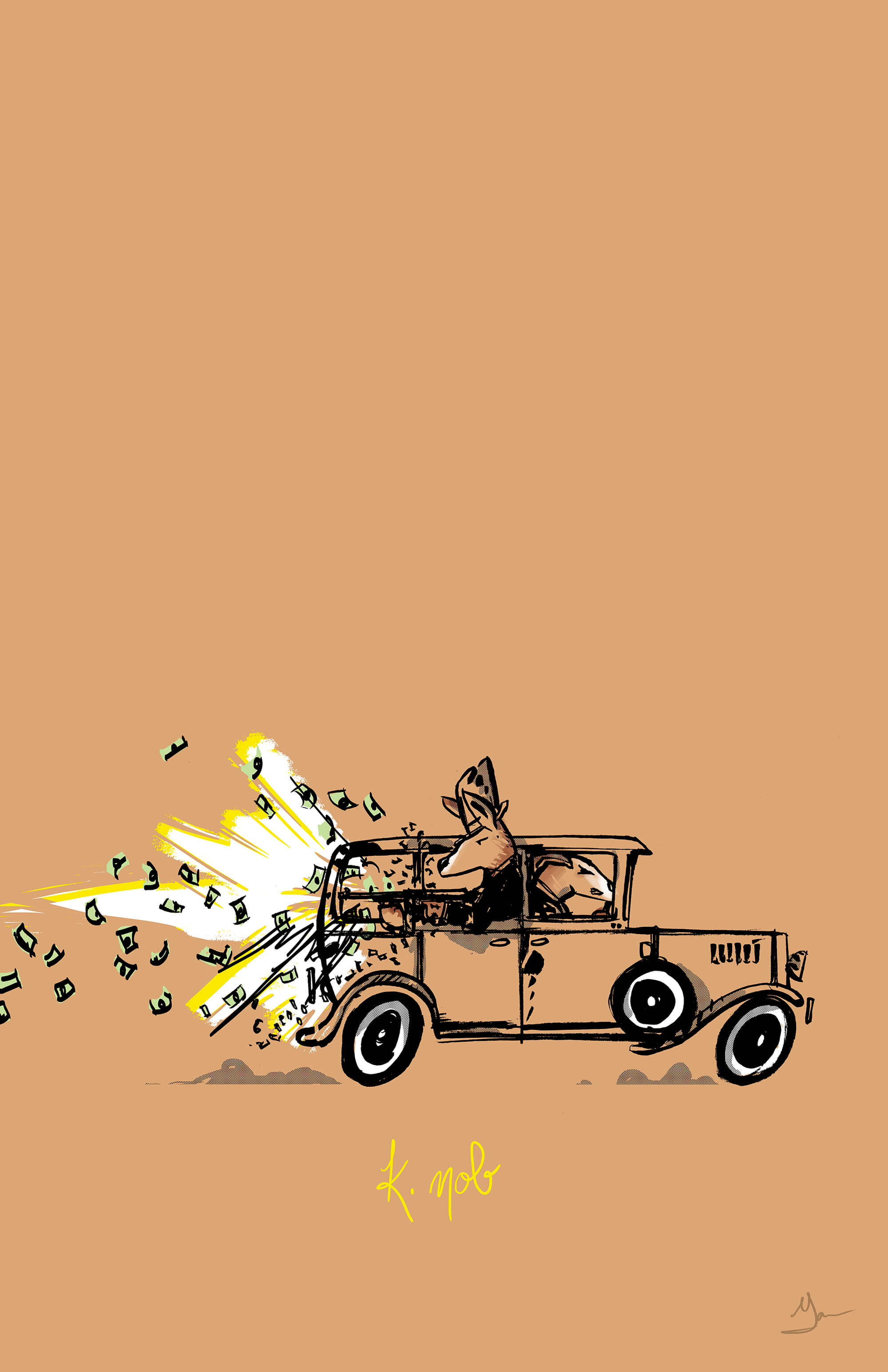
Kangaroos are excellent bank robbers as long as they don’t have to walk backwards.
Because they can’t.11

Lemurs get in “stink” fights where they make their tails extra smelly and shake them at each other.12
They also think the moon landing didn’t happen.
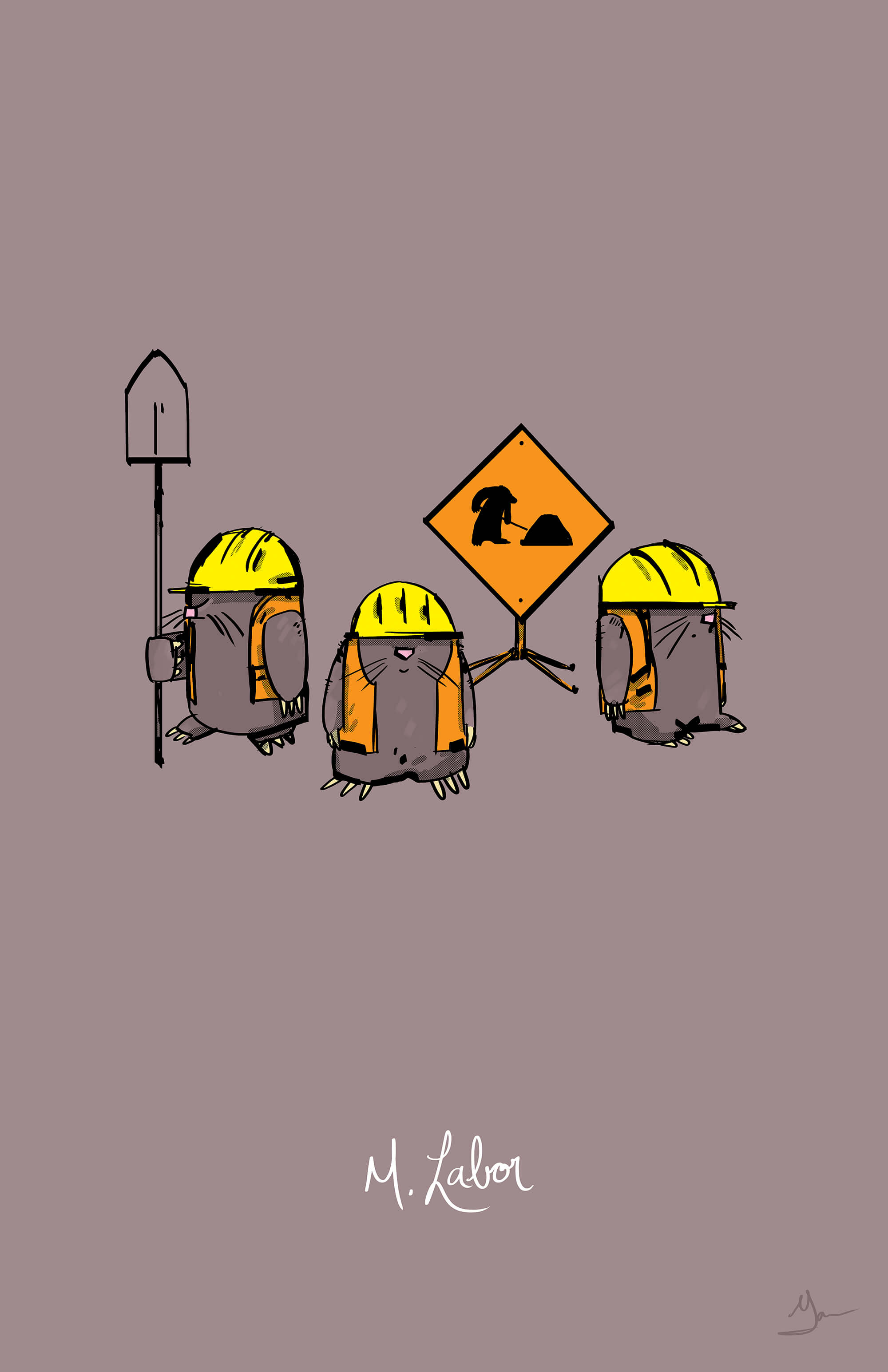
Moles can dig up to 20 meters (about 65 feet) of tunnels a day.13
Productivity is their middle name!
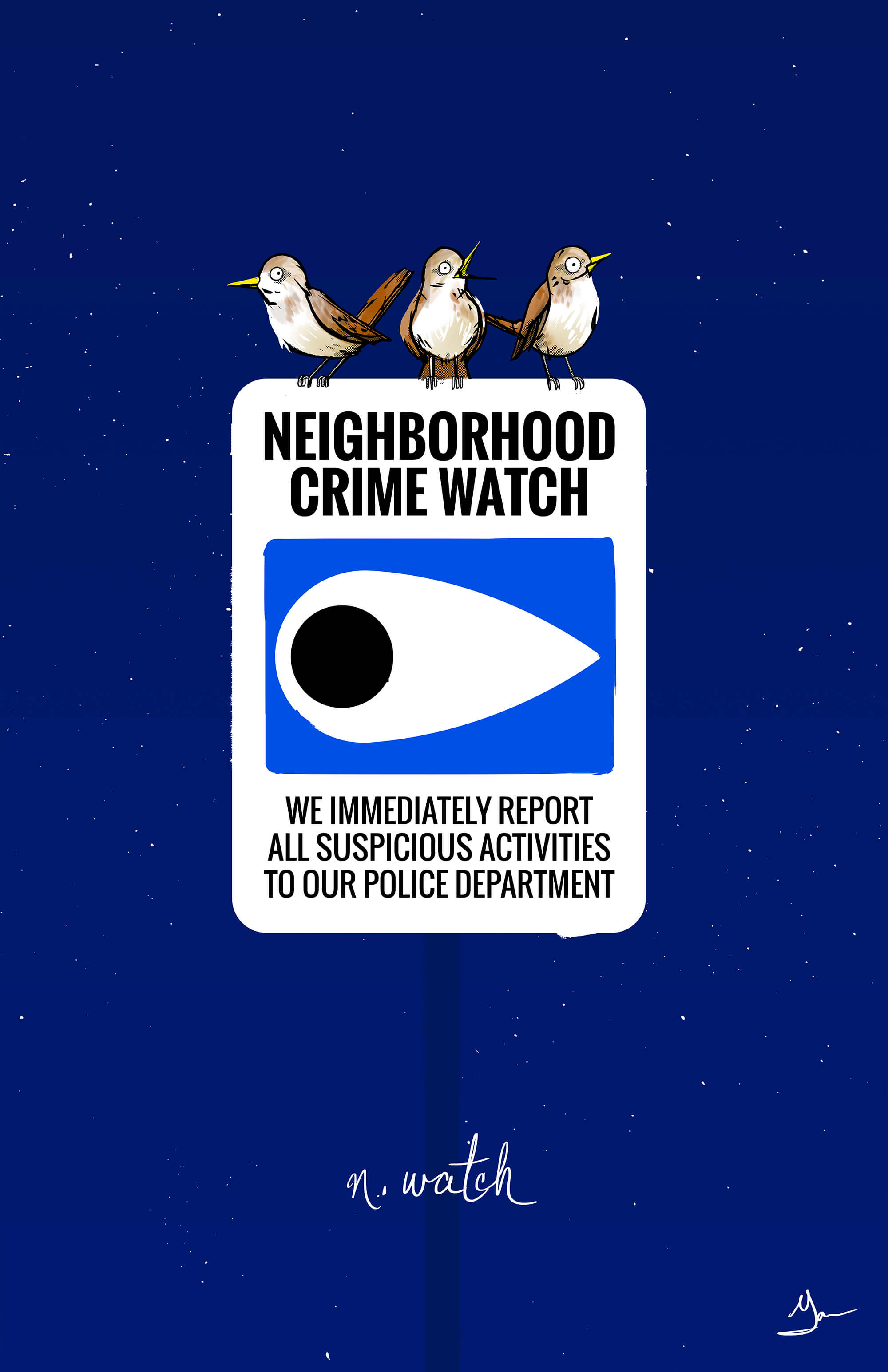
Nightingales are surprisingly hard to see, which makes them perfect for early warning alarm systems.
Unfortunately, they tend to break into one of the 190 songs they know.14
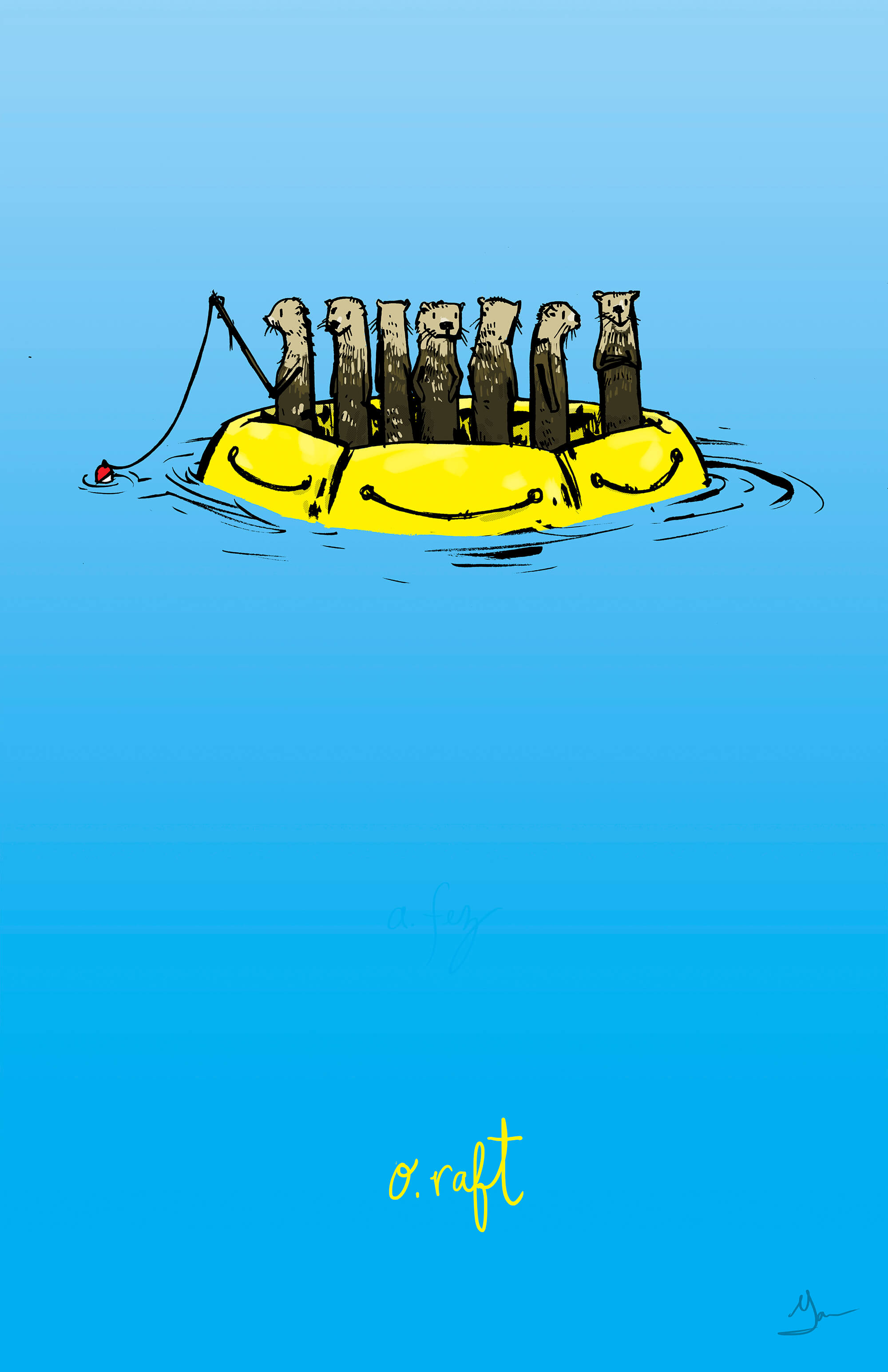
Otters hold hands.15

Pandas hate being around other pandas so much that they use their sense of smell to know when others are around so that they can be avoided.16
They are the most introverted of introverts.

Quails would rather run from threats than fly away.17
Bold choice.
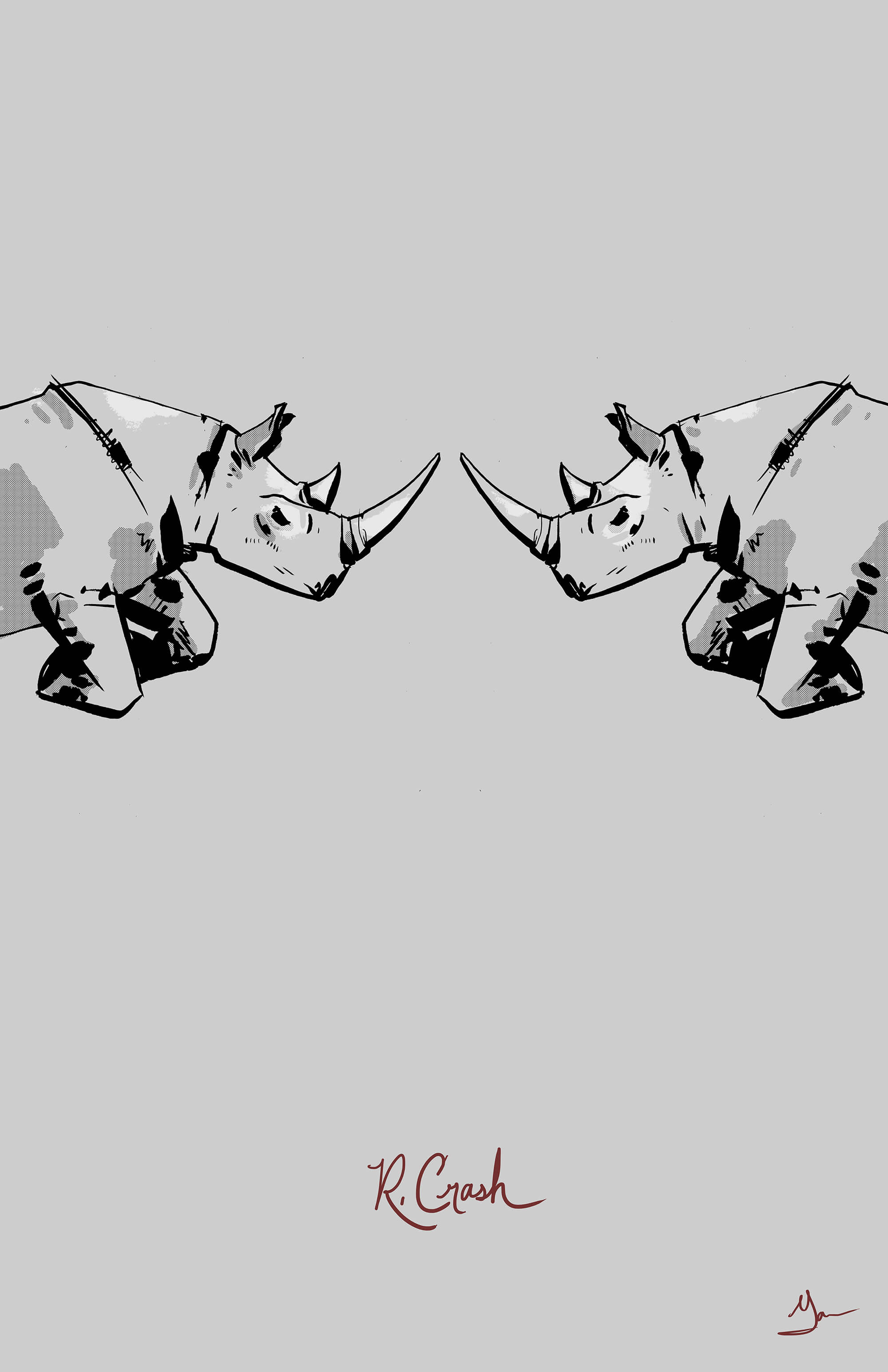
Rhinoceroses use poop to mark their territory and leave messages to each other.18
I’m still giggling about this fact.
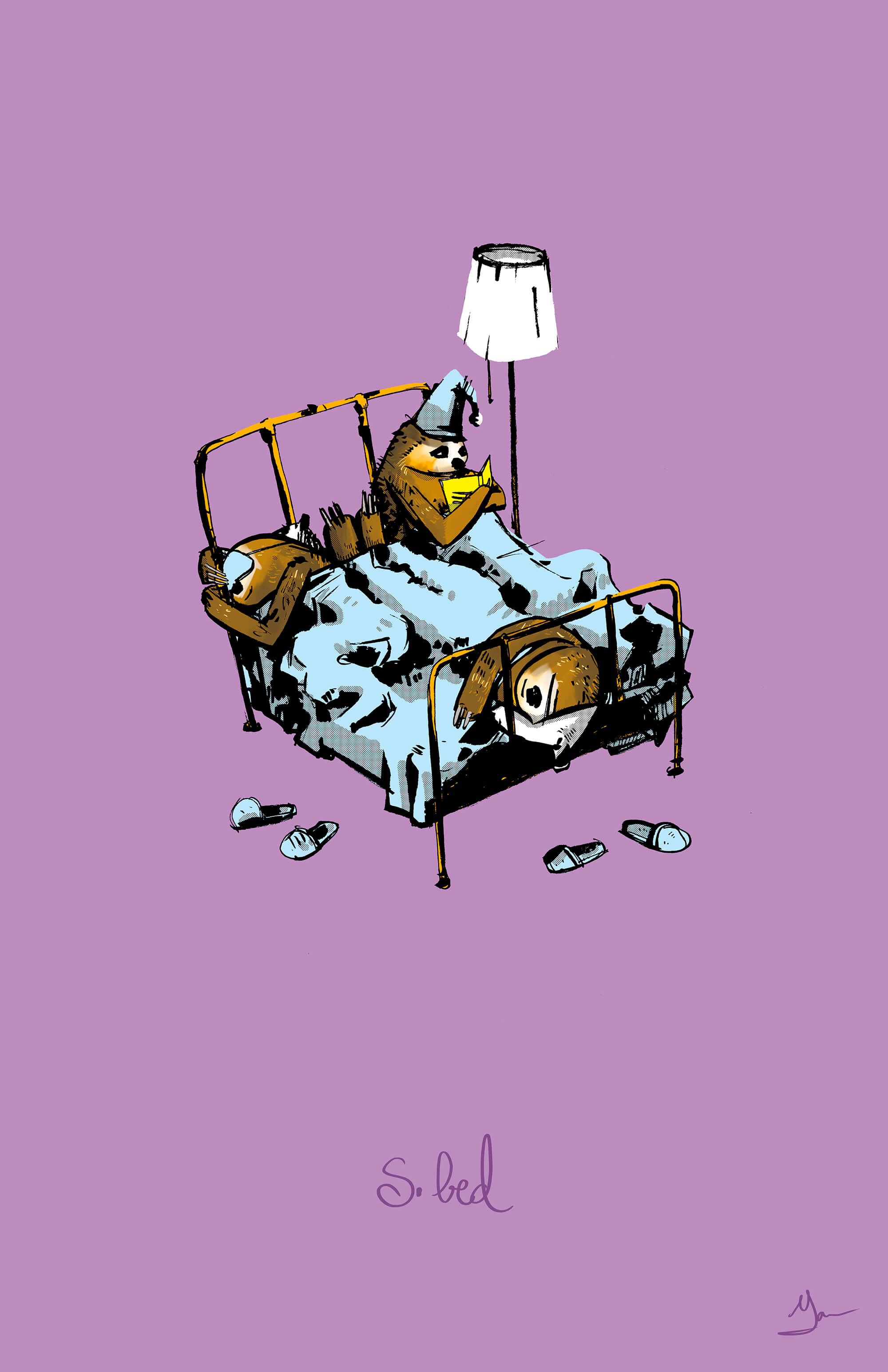
Sloths sleep for around 15 hours per day.19
They have permanent bed head.
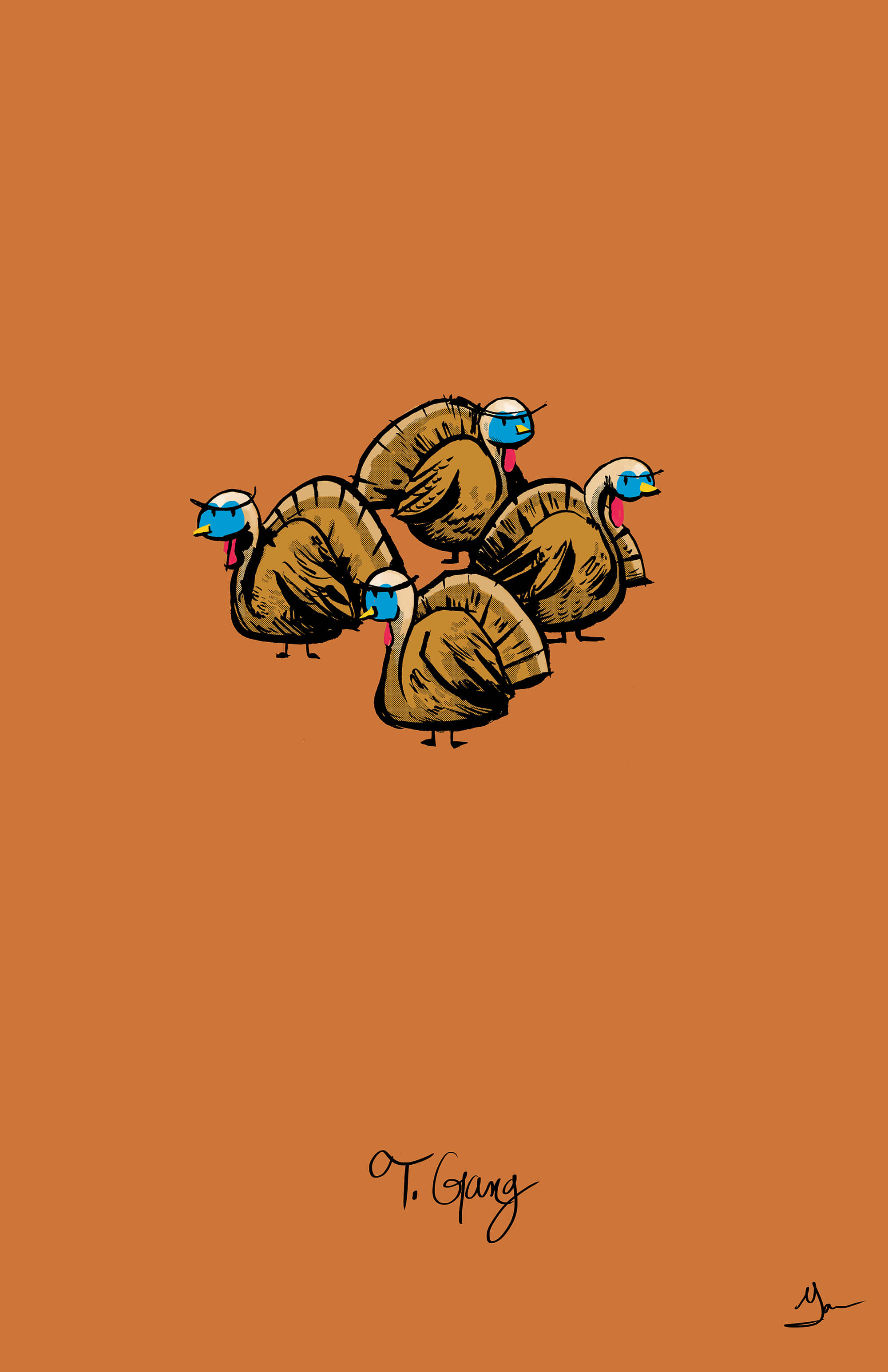
Turkeys’ heads change color depending on their mood.20
Blue means excited, red means angry, polka–dotted means they’re feeling a bit silly.
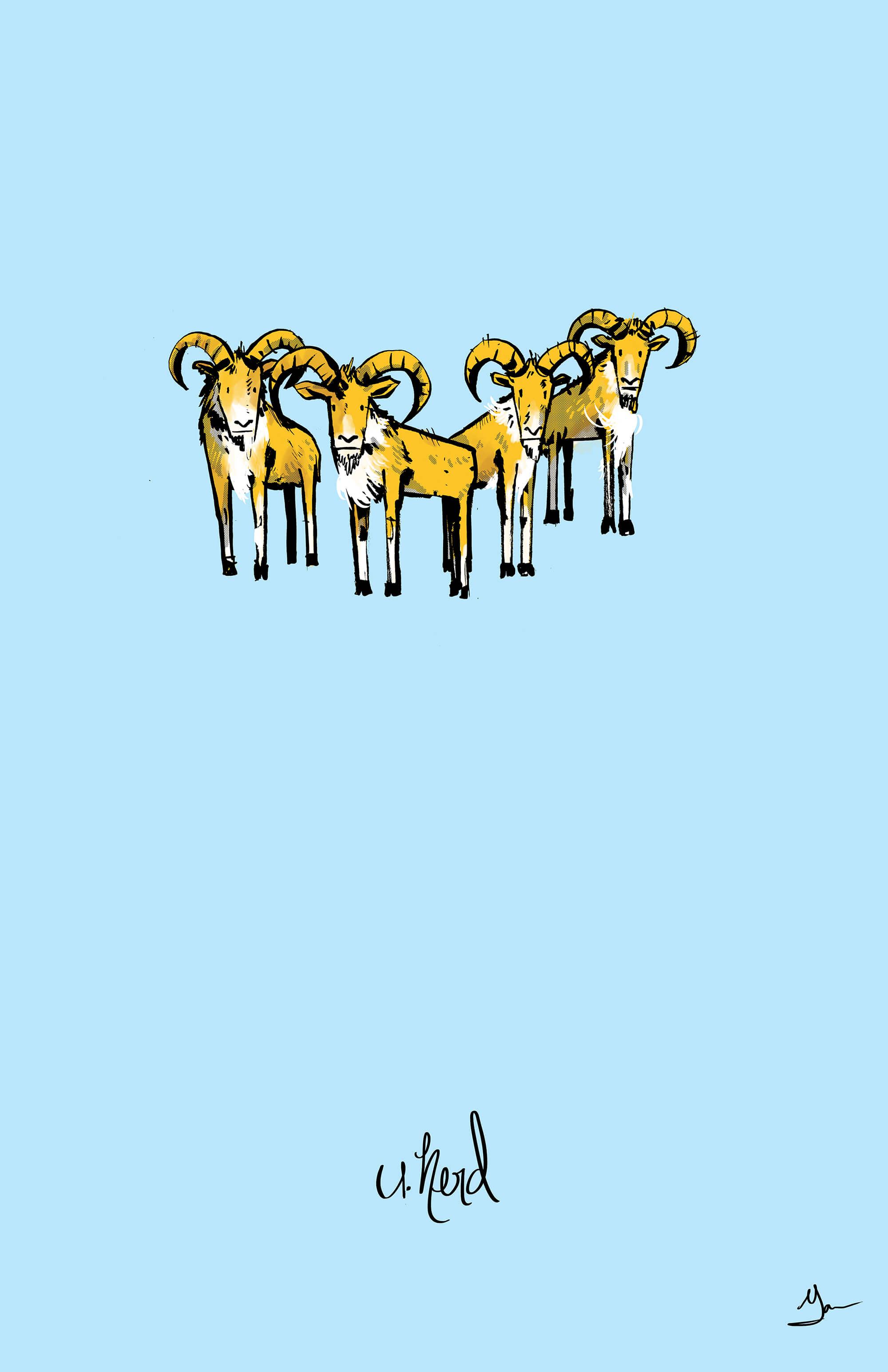
Urials have been found living upwards of 19,690 feet.21
Hopefully when they bonk heads they don’t fall down from somewhere that high.
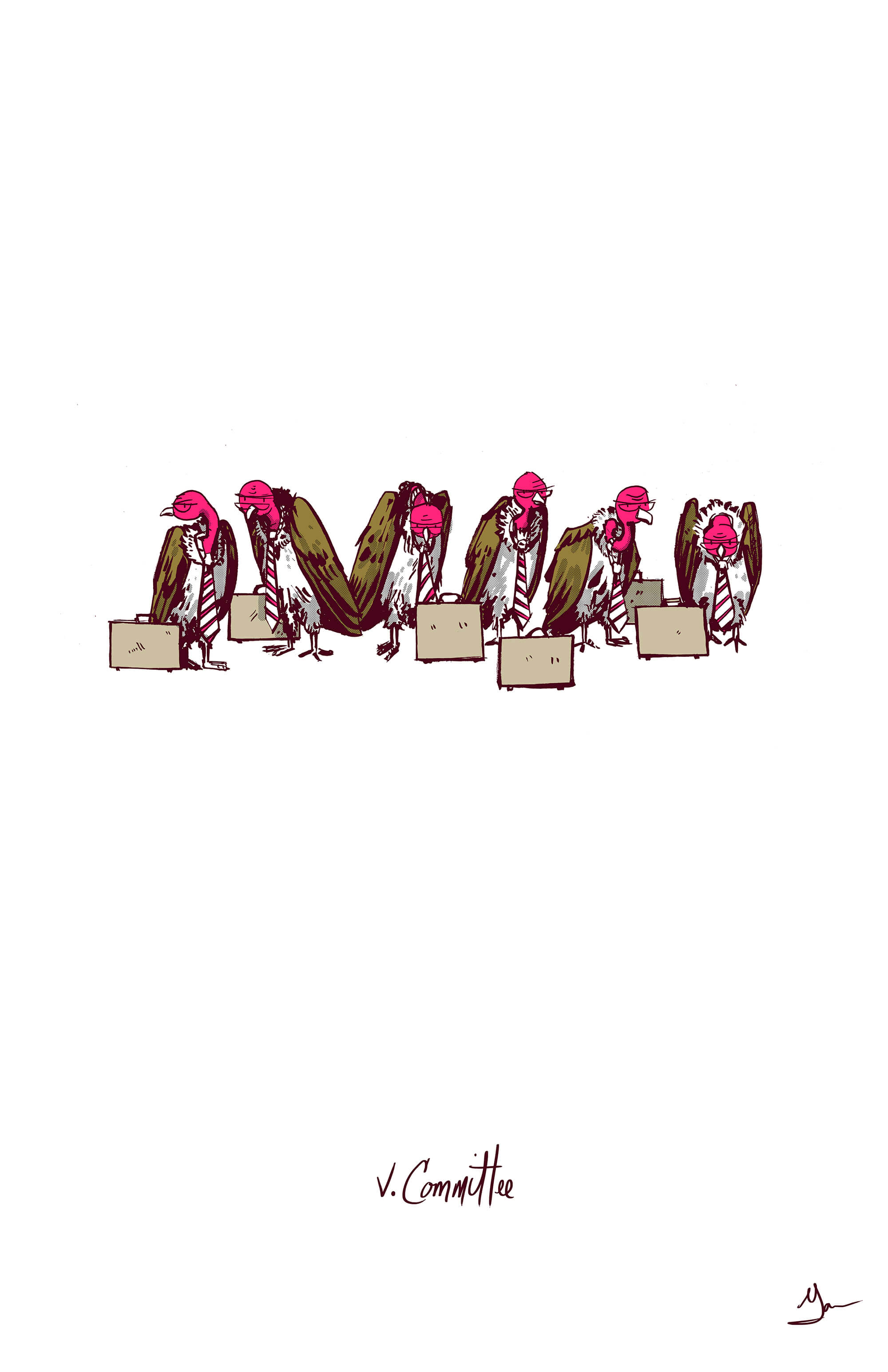
Vultures will vomit to ward off predators22 as well as businessmen that they don’t agree with.
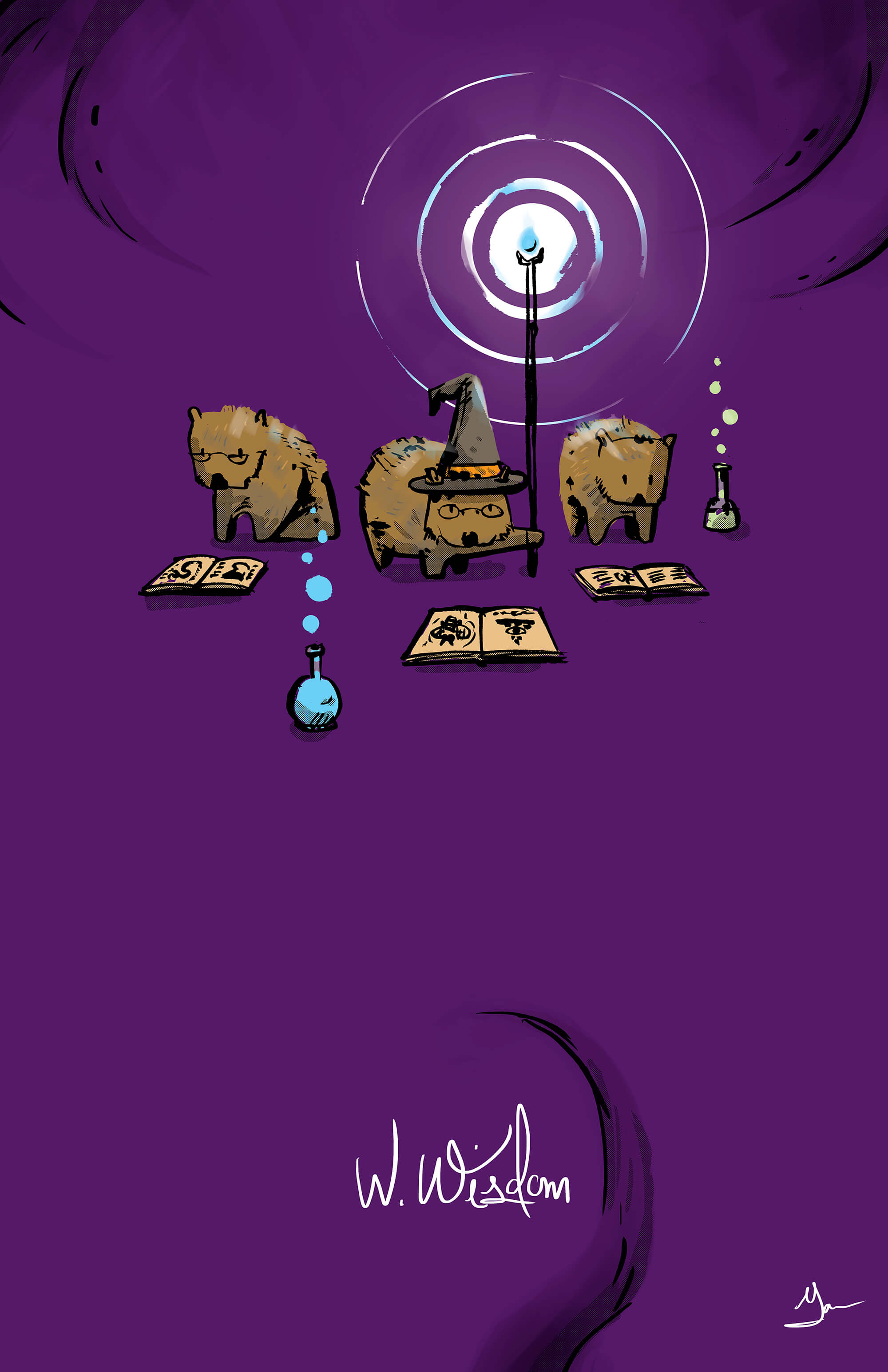
Wombats have the largest brain of any marsupial and the toughest butts.23
They use their butts to protect their homes, and this dimension.
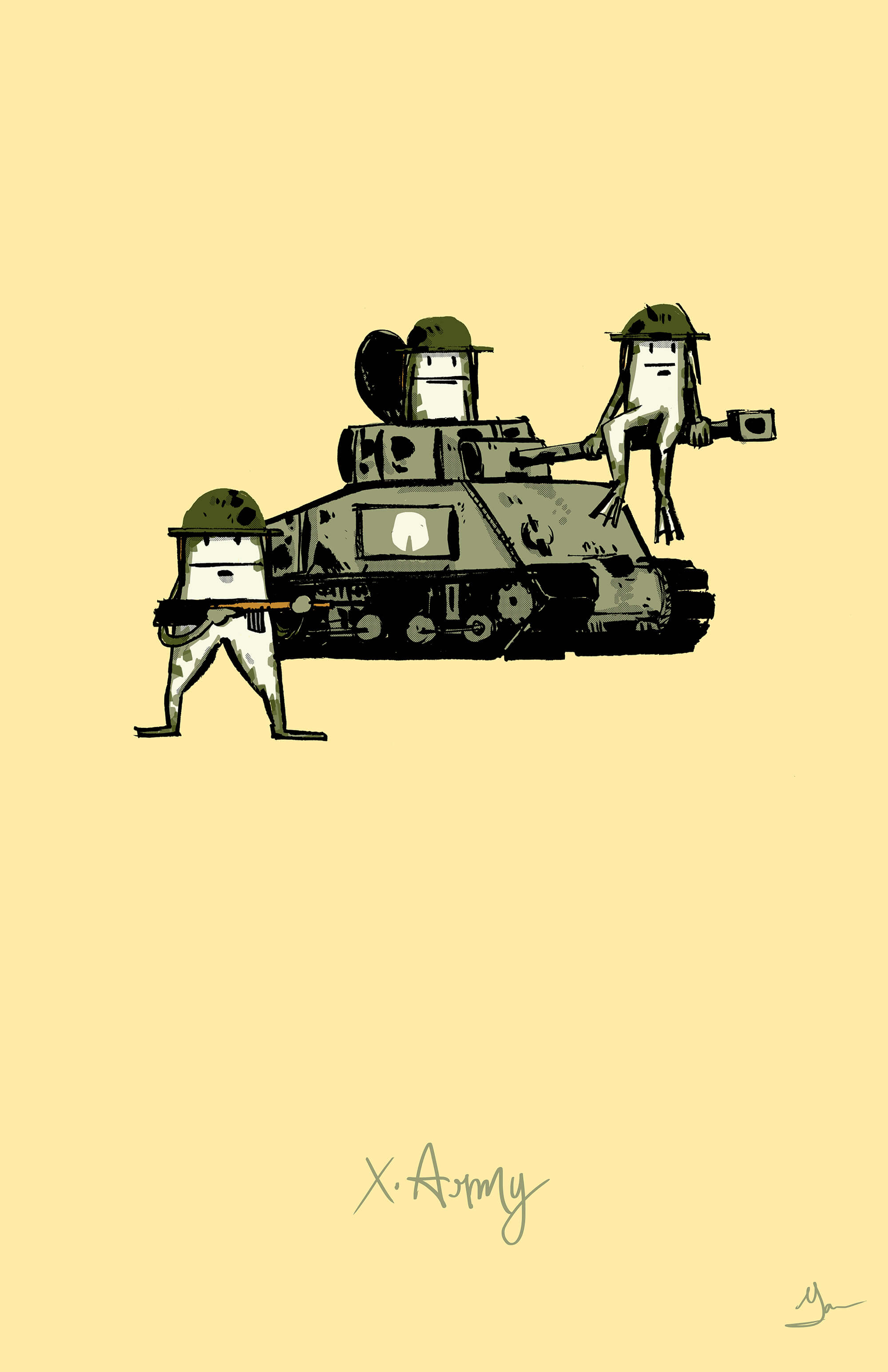
Xenopus, or African Clawed Frogs, have the ability to change their coloring to camouflage themselves in different surroundings.24
This makes them excellent infantry soldiers.
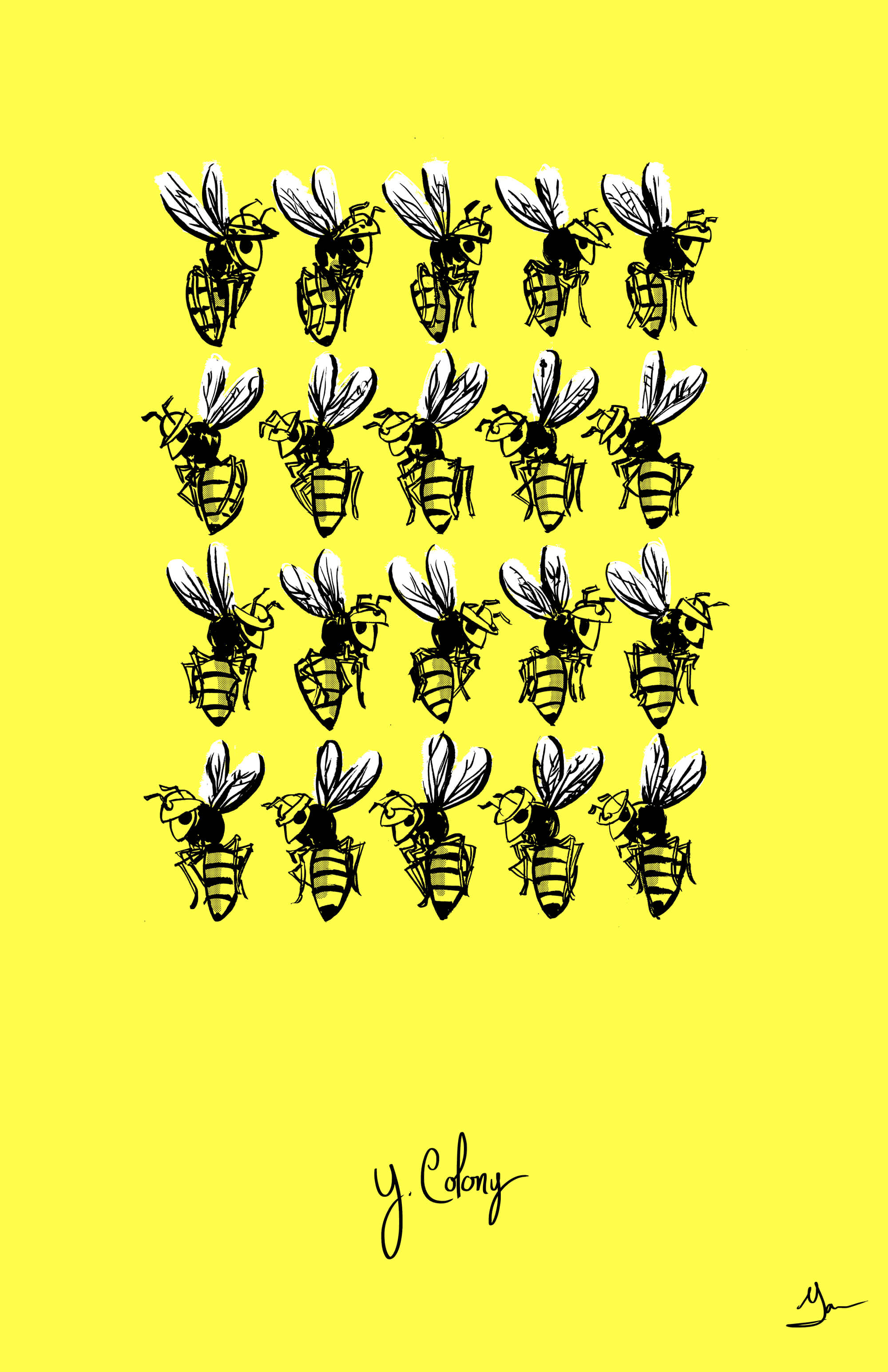
Yellowjacket colonies can have somewhere between 1,000 and 100,000 residents!25
And they will not think twice to kick you out of your house.
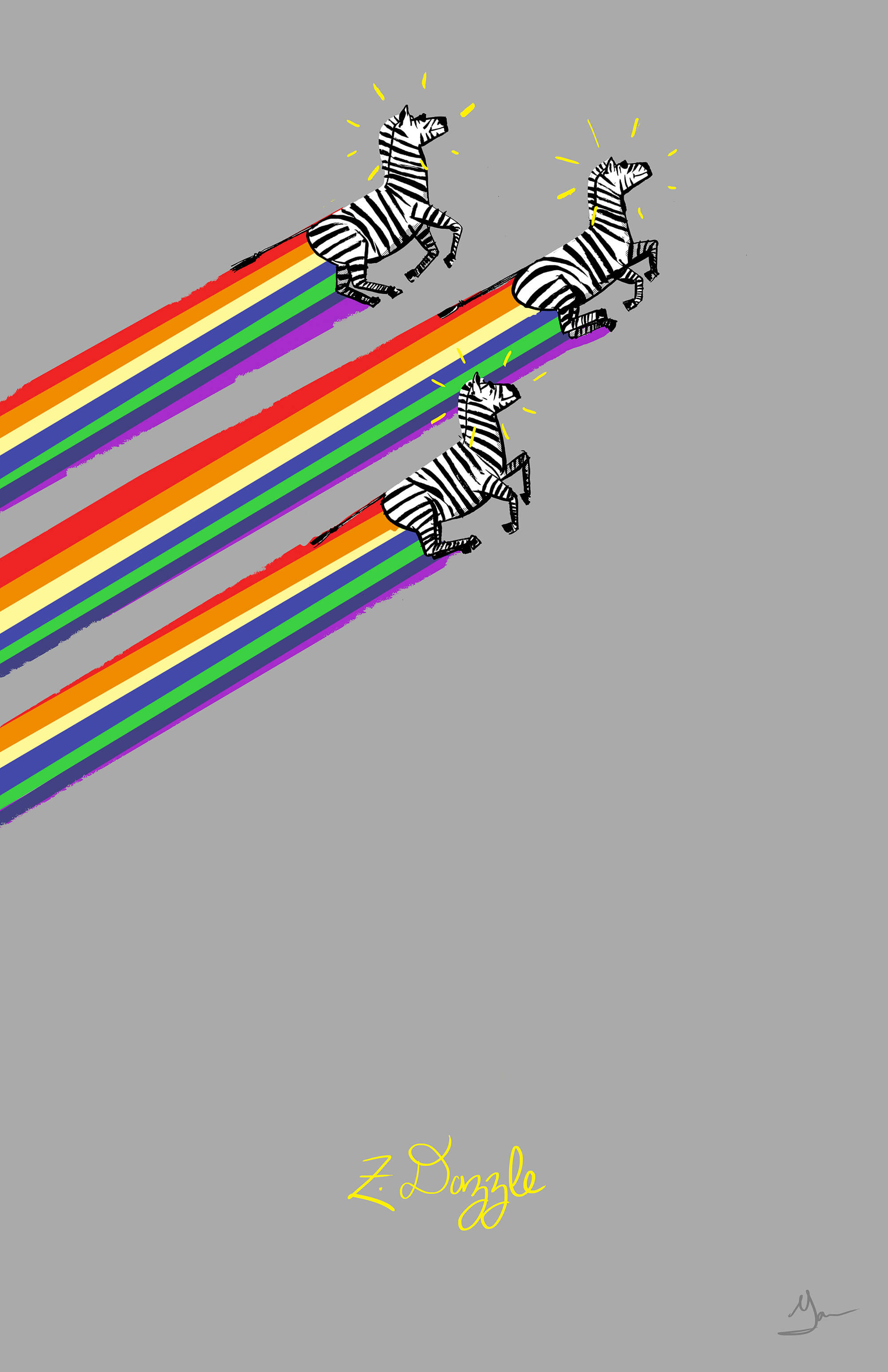
Zebras have black skin with white stripes making up their coats.26
And they look good.